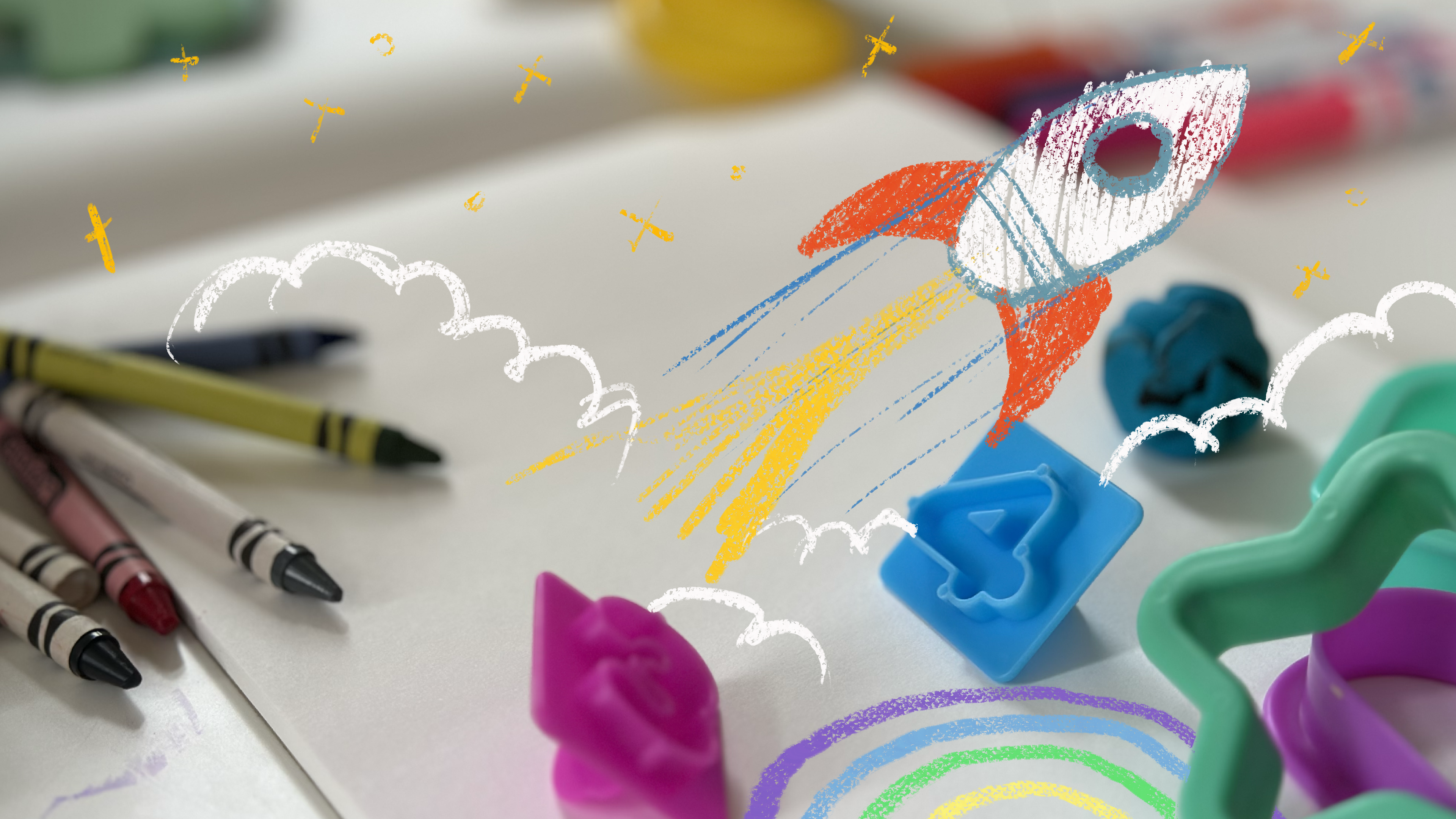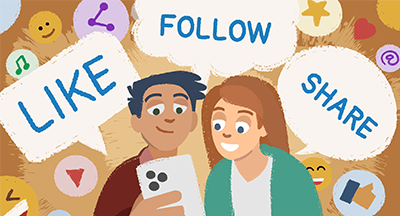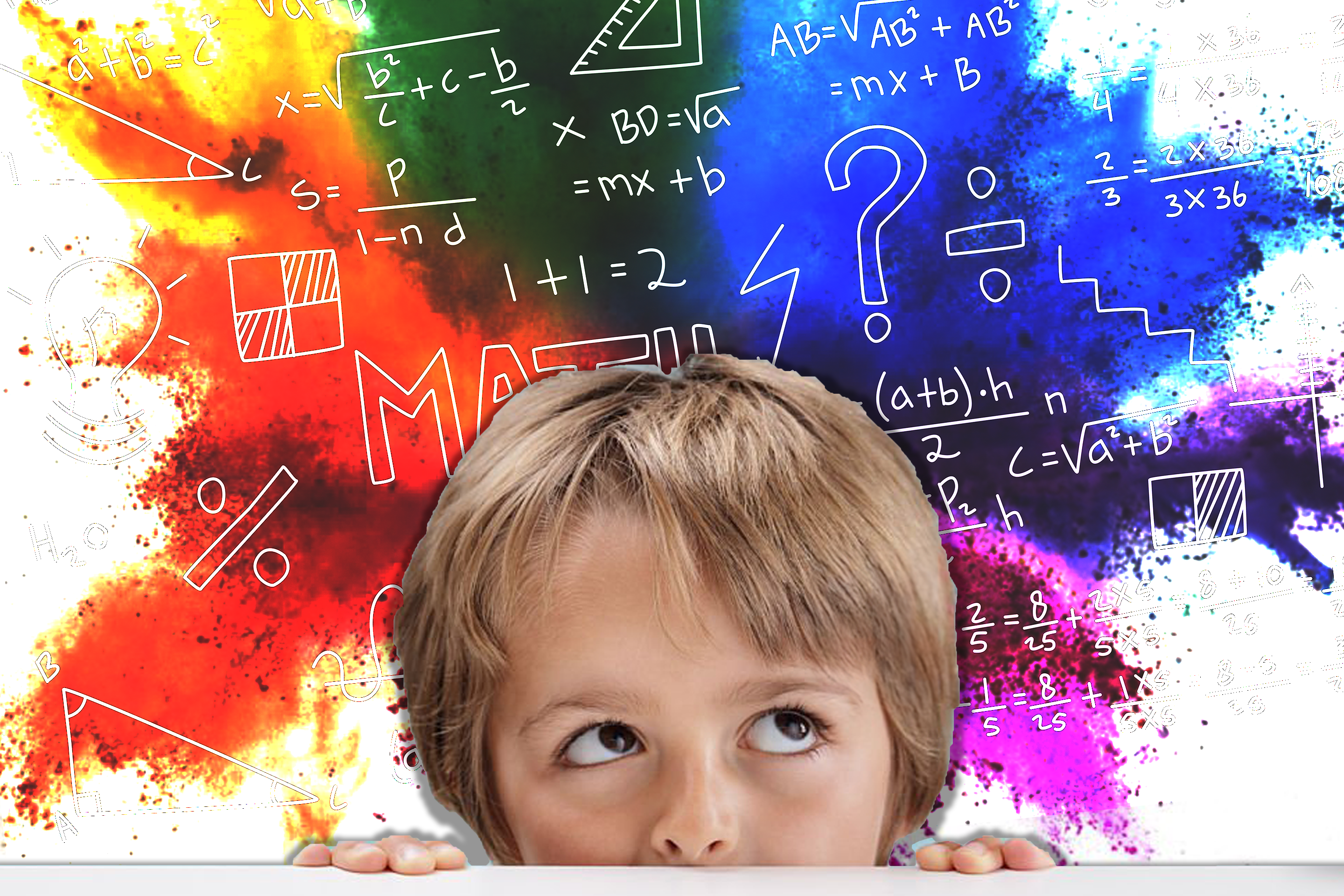
Think about a kindergarten classroom for a moment. Bright smiles, wiggly learners, tiny chairs. There’s no mistaking you’re in their world. Miniature scenes around the room mimic grown-up jobs: cashiers, mail carriers, caregivers for baby dolls. Friends abide by classroom rules thanks to an expert teacher on whom they imprint like ducklings, and who teaches them how to play nicely together (most of the time).
While this approach is a natural fit for younger learners, perhaps there’s insight to carry play-based learning and its core concepts into later grades as well. Two educators at very different levels in preK–12 share their expertise, experiences, and why it’s so important that students steer their own hands-on learning.
What is play-based learning?
Play-based learning centers play between peers without guidance or input from a teacher. In the United States, early childhood classrooms primarily house this approach, with older grades tapering off until eventually there is little to no play. While play-based learning essentially requires teachers to remain detached (any gentle addition, suggestion, or change to the students’ plan shifts learning to teacher-directed play), teachers spend a great deal of time setting up their classroom spaces to maximize student-led play. This may look like creating a pretend ice cream shop, a dollhouse, even a box of soil or snow from outside. Regardless of the manipulatives, as children play they learn.Kendra Cychosz, an early childhood teacher with 20 years of experience and degrees in elementary and special education, puts play-based learning into her own words:
“Exploring the world through play. They’re exploring everything, something new every day: for me, for them. You find a bug and go with it.”
Though lesson plans require lots of work and preparation, she understands the value of student-led play-based learning.
“These are the teachable moments you do not get back, and sometimes the questions they ask and the direction they take it is better than anything I could have planned,” Cychosz said.
Play is the work of the child
It’s no accident that many children’s games mimic real-life pursuits. The concept is duplicated in early childhood classrooms across continents: children’s work is play.“Their feelings are worked out through their play,” Cychosz says of her class who range in age from three to five years old. “When they don’t get that, their feelings bottle up.”
Children work through complex traumas, try out new words, and learn how the world works through play-based learning in a classroom. They play at roles, at identities, at games, and at everyday pastimes they’ll grow to love. Children are practicing lifelong skills.
“Turn-taking, sharing, dealing with someone’s unexpected outburst—when you’re not playing, those things don’t happen, so how do you build the tools in your toolbox?” Cychosz likes to use the toolbox metaphor to describe social-emotional skills to her brood of young students. “The best gift I can give them leaving my classroom is [being] socially and emotionally sound. They have all the skills to solve problems… if I didn’t give them the opportunity to play and build social-emotional tools, then they’re trying to do that AND learn.”
Children’s voracious minds are learning, processing, and growing while their little hands are occupied feeding plastic pizza to a patchwork elephant. But Cychosz notes there has been a shift in play over her 20 years of service in education.
“You wouldn’t believe how much time I spend teaching how to play,” she explains. “You can tell—night and day difference—the kids who are mostly occupied by a screen and the kids who have some play.
“Players learn to be writers and readers. You’ve gotta have the chance to create!” Cychosz says. “They’re creating a lot of their own education.”
The class may be young, but they give input on the month’s lesson plans, the weekly routine, and the lunch menu. Three-year-olds are not only capable of student agency but thrive when it’s a central part of the classroom. On the day we spoke, the class's highlight of the week was a tote of recycled cardboard and art supplies. “You don’t have to have fancy things,” Cychosz explains. “Basically all you need is time. The learning just weaves into that play.”
Why is play-based learning controversial?
In a word, Cychosz says, it’s pressure. Especially for Wisconsin early childhood teachers, pressure has built around reading instruction. “Pressure is on the teachers to have students performing on a certain level. Think about Act 20*. It’s so easy to get a negative message if they’re developmentally not ready.”[*Note: Act 20 is a Wisconsin state law governing reading strategies for early readers designed to improve outcomes for students. You can read more from the Wis. DPI.]
Cychosz describes two 4K grads in her classroom. One will turn five years old right before school starts, and one will turn six shortly after the year begins. They will both be held to the same standards and expectations, even though it’s not technically appropriate developmentally—one has a whole year of maturity ahead of the younger peer.
Pressure is on the teachers, but on the parents too. Parents ask teachers what will change so their children achieve more. At the statewide level, devastating reading scores put pressure on governments to act. Pressure comes from all levels, eventually bearing down on the emerging reader.
What would play-based learning look like in other grades? A middle school teacher weighs in next.
Play-based learning all grown up
At the core of play-based learning is choice. Choosing our way to make our education unlocks a host of high-level thought: decision-making, prioritization, and problem-solving, just to name a few. It also requires students to learn about themselves.Art Greco, a middle school teacher at Ben Franklin Junior High School in Stevens Point, Wis., ensures students make this connection early on. The number one rule in his classroom is: “I am: the student understands they’re the most important person in the room.”
He says for many students, this concept is new. “They get uncomfortable talking about themselves, but at the end of the quarter… they understand they must educate themselves, not just academically but in life as well.”
Greco’s classes include “hands-on” experiences. Students are expected to build skills as a job seeker. They make their own resumes, dress up sharp, and meet with volunteers from local businesses who conduct mock interviews. Students write thank-you notes. In their studies, they are acting out these adult tasks to gain experience—just like kids playing at roles and exploring activities during play-based learning.
“They understand hands-on. Instead of me showing you a video, we’re actually going to tie a tie in class,” Greco explains. “It allows them to be social, because play is social, and makes that connection.”
Greco has 30 years of classroom experience and finds that teaching social skills becomes second nature. “You get to know the kids, make little notes, follow up. You see their strengths and weaknesses.”
Room to play builds an unshakable social-emotional foundation
“It’s harder to teach kids who are older. They feel called out. There’s judgment and attention drawn to you in ways you don’t want,” Cychosz explains. If kids don’t have the freedom and responsibility to make their own choices in the classroom early on and academics crowd out social-emotional lessons later, where do they gain social-emotional skills?“They don’t,” Cychosz says quietly. “And then sadly you see the school shootings. They never had the chance; nobody took the time to help them build the tools.”
Greco describes self-judgment he witnesses in middle grades. “Sometimes academics embarrass students. Sometimes it creates a big gap between the kids and some shut down. They pigeon-hole themselves based on the grading. We talk very openly and sometimes it helps students realize their strengths. ‘I’m really good with people.’
“Kids who are having struggles will allow kids who get it to come and help—then it’s different. And I can be vigilant to observe the quiet weakness, then address it one-on-one,” Greco explains.
“They are constantly communicating.”
Kids know how to exist online. It’s getting them to exist nicely among fellow citizens that’s the trick. Remote learning due to the pandemic had a dire effect on children’s behaviors, socialization, and emotional learning. Not just with peers, but also with teachers, staff, and authority figures. Students are struggling. Hands-on learning can help.
“To me it’s a natural progression in the classroom,” Greco explains. “With social media they’re naturally staying connected all the time… maybe phones are put away, but [students are] looking for a source of communication and connection.”
Greco describes a classroom environment built on collaboration. Even if he wanted to curb classroom communication, he couldn’t. “They naturally will collaborate on work with each other, so I’ve adjusted assignments… they’re talking and working together to get the assignment done. They’re achieving and struggling and overcoming their struggles together.”
It's easy to see the parallels in hands-on or play-based learning across ages and stages. Making room for play among mandates, standards, and requirements is tough for district leaders, but with some east coast states mandating play itself, it's time to think about scaling play-based education.
Scaling student agency and empowerment
Increasing agency for students requires deep planning, preparation, and the ability to scale it all across a district. It’s not easy. Here are some ways to make it happen.
Flexible and arena scheduling
Students build their schedules based on different priorities. Some compare sections and subjects with friends to maximize their time together. Others are laser-focused on graduation and beyond, so they load up on AP courses. Regardless of where students fall on the continuum of academic engagement, students are flexing decision-making muscles they’ll need for the rest of their lives.
Project-based learning
Instead of practicing skills using predetermined course books and lesson plans, project-based learning (PBL) upends the process and requires students to design their course of learning and the project (get it?) that documents mastery. But you don’t have to take my word for it: listen to students and teachers in York, PA, describe their PBL classroom.
Behavior and school culture
The missing link in classrooms today has got to be acceptable behavior. There are all kinds of reasons for this: children coming of age during virtual learning, mass trauma, unstable home environments, and a lack of funding for supports in schools. But reasons do not equal excuses, and students need to change.
Students may appreciate opportunities to establish a mini-society in their own spaces, with rules of conduct and consequences handed out for breach of those rules. When playing (or for older kids, collaborating) participants invent and enforce rules of their own to keep their game running smoothly.
Behavior and achievement challenges attack educators like a hydra, each rearing an uglier head than before. It’s difficult to take time to increase freedom, choice, and agency for students, but the payoff is well worth it as the youngest generation grows and develops.
Find more resources about increasing student agency
Project-Based Learning is a Perfect Developmental Match for Teens
Kids Are Weird—Let's Lean into That
What K12 Leaders Can Learn from Saturday Morning Cartoons
What Is Arena Scheduling?
Playing Catch-up with Student Behavior
WHAT'S NEXT FOR YOUR EDTECH? The right combo of tools & support retains staff and serves students better. We'd love to help. Visit skyward.com/get-started to learn more.

|
Erin Werra Blogger, Researcher, and Edvocate |
Erin Werra is a content writer and strategist at Skyward’s Advancing K12 blog. Her writing about K12 edtech, data, security, social-emotional learning, and leadership has appeared in THE Journal, District Administration, eSchool News, and more. She enjoys puzzling over details to make K12 edtech info accessible for all. Outside of edtech, she’s waxing poetic about motherhood, personality traits, and self-growth.




